Big Butterfly Count at Poulton Wood
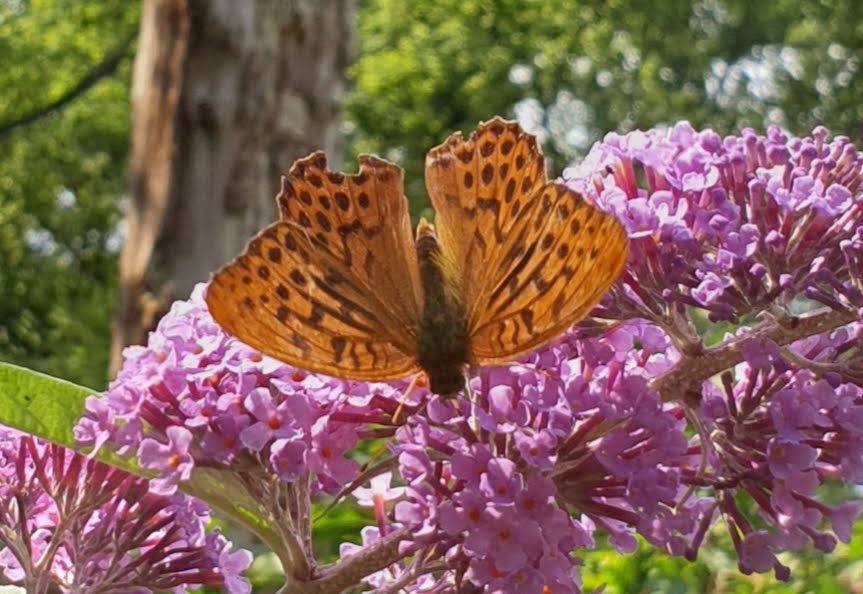
10 years of participation
Our Poulton Wood rangers (life skills students) have been taking part in the Big Butterfly Count for around 10 years now in our beautiful, ancient woodland. Each year, they dedicate a full week to surveying butterflies daily across a variety of habitats including the garden, meadow, and woodland, to ensure a rich and diverse snapshot of local species.
So far this year, they’ve completed their first survey and were excited to spot a Common Blue Butterfly in the meadow, along with a good variety of other species. Over the years, their records show a number of more unusual sightings as well, highlighting the importance of consistent monitoring.
Our rangers have recently started working on their AQA Unit Award Scheme for Introduction to UK Butterflies.
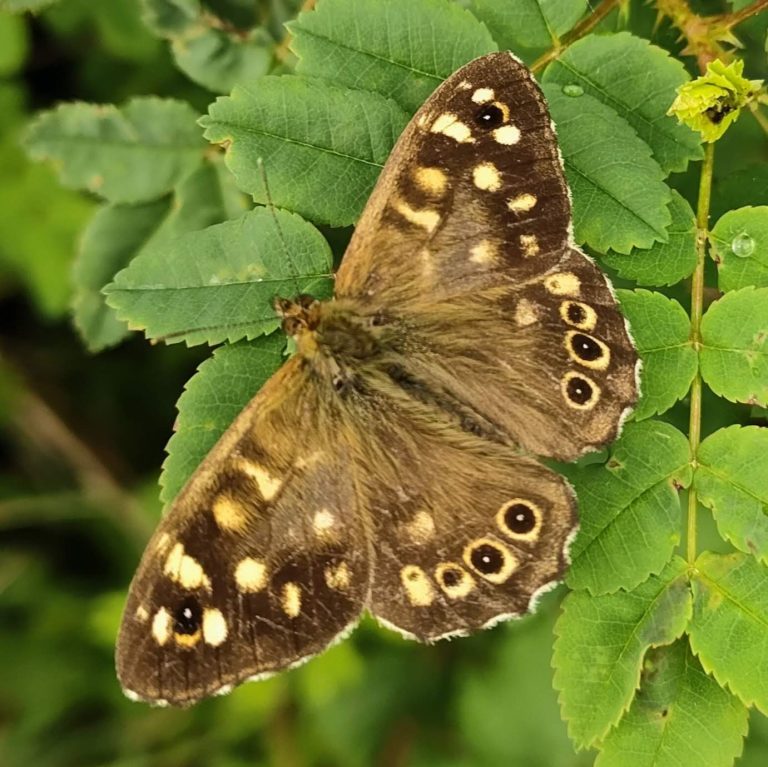
Pictured above is the Speckled Wood Butterfly, often seen spiralling in vertical displays through the woodland as they compete for territory.
Integrating research and art
As part of a creative butterfly project linked to the Big Butterfly Count, a few years ago our Life Skills students each selected a native butterfly species to research. They then illustrated their chosen butterfly and painted it onto a wooden shape. The finished artwork, combined with recycled research materials, now forms a beautiful collage displayed on one of our window boards and refreshed each year for our butterfly focussed week.
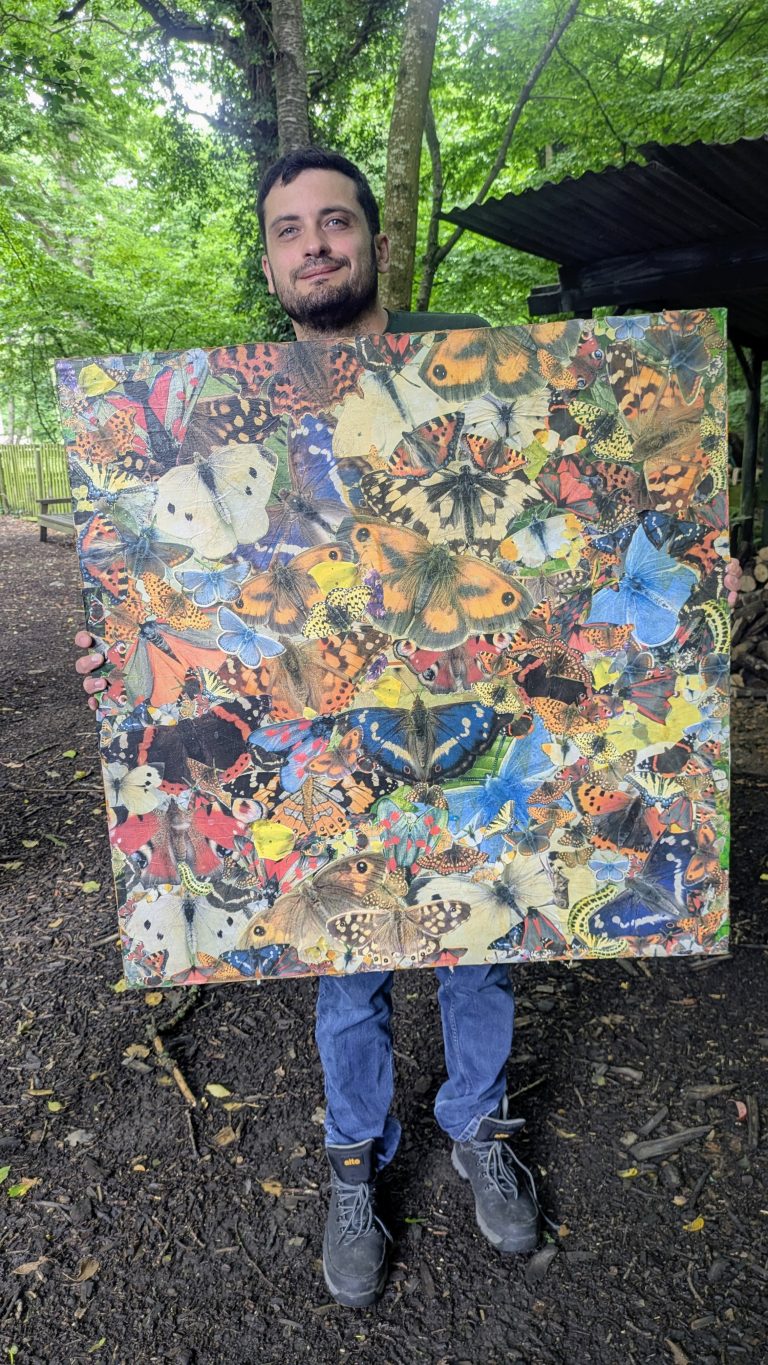
Below is a Silver-washed Fritillary, a striking species whose caterpillars feed on common dog violets and thrive in newly coppiced areas.
This butterfly was recently spotted in the Poulton Wood garden—an encouraging sign, especially considering the students’ and rangers’ dedication to maintaining and coppicing the habitat. Sadly, this species is in sharp decline across the UK due to habitat loss, so this sighting is a promising result of conservation efforts, particularly our students’ hard work coppicing.
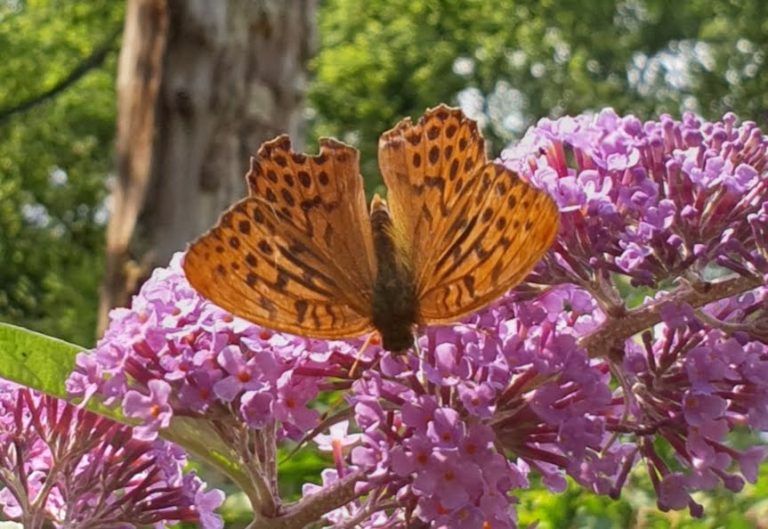
Below is the striking Six-spot Burnet Moth, easily recognized by its bright red spots.
This moth is often found on ragwort, a plant sometimes unfairly criticized. But actually, ragwort plays a vital role for many caterpillars, butterflies, and moths. Its presence supports a rich web of wildlife, making it an important part of the ecosystem.
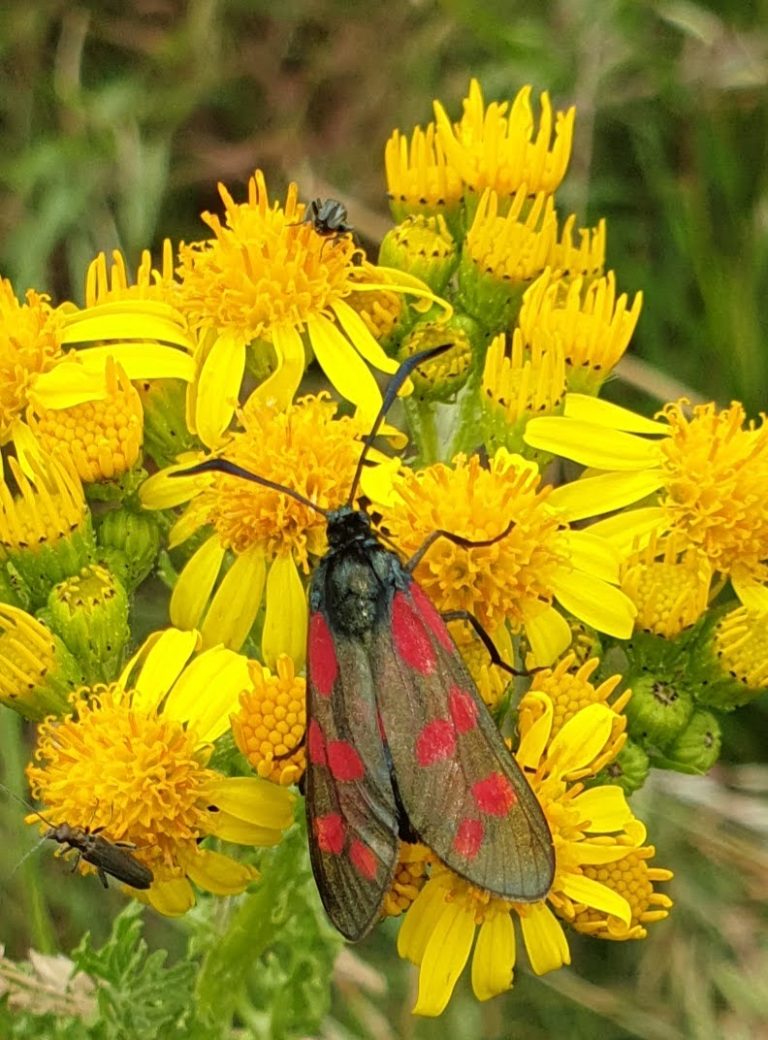
Part of our ongoing conservation efforts
The Big Butterfly Count at Poulton Wood is more than just a survey exercise, it’s a hands-on opportunity for learning and conservation. With the ongoing work of rangers and volunteers, Poulton Wood continues to be a great place to spot butterflies and other vital pollinators. We’re excited to see what the rest of the surveys tell us!
Love butterflies? Use the links below to participate in the Big Butterfly Count. You can also visit our butterfly tunnel on the farm to see and learn more about native and tropical butterflies, and you can learn more about our conservation efforts at Poulton Wood and the Rare Breeds Centre.
You can help contribute to the Big Butterfly Count too!
Feeling inspired? It’s easy to take part and helps scientists track how butterfly numbers are changing across the UK.
If you’d like to get involved, visit:



